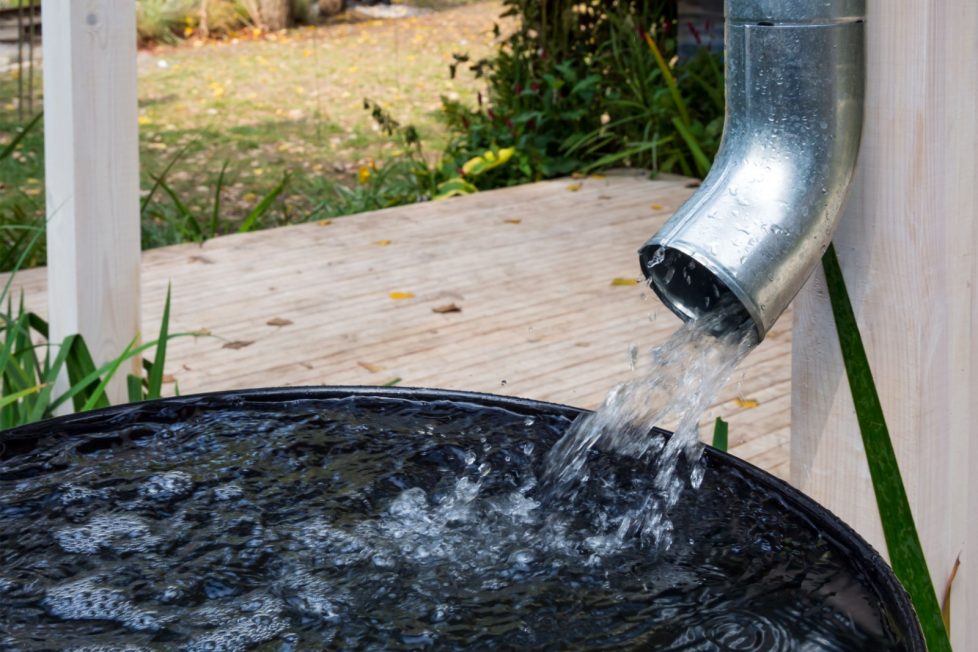11 Genius Ways to Collect Water Post-Apocalypse (Plus 2 You Should Avoid) – Simple Family Preparedness

In a post-apocalyptic world, finding clean water is crucial for survival. It might seem challenging, but there are many effective ways to collect water to keep yourself safe and healthy. This guide will walk you through 11 smart methods to gather water when the world as we know it ends, along with 2 methods that are too risky to try. Knowing these techniques can make all the difference in a survival situation.
1. Rainwater Collection
Rainwater is one of the most accessible sources of water in a post-apocalyptic scenario. Set up a simple catchment system using tarps, buckets, or barrels to collect rainwater as it falls. Be sure to filter or purify the water before drinking to remove any contaminants.
In the early morning, you can collect dew that has accumulated on plants and grass overnight. Use a clean cloth or sponge to absorb the dew, then wring it out into a container. While this method may be time-consuming, it can provide a small but reliable source of water.
A solar still is a device that uses the power of the sun to distill water. Dig a hole in the ground, place a container in the center, and cover the hole with a clear plastic sheet. As the sun heats the air inside the still, water will evaporate and condense on the underside of the plastic, dripping into the container.
Some plants can provide a source of water through a process called transpiration. Tie a plastic bag around a leafy branch, ensuring the bag is sealed tightly. Over time, water will evaporate from the leaves and condense inside the bag, providing a small amount of clean water.
If you have access to a river or stream, this can be an excellent source of water. However, it’s crucial to purify the water before drinking, as it may contain harmful bacteria or contaminants. Use a water filter or boil the water for at least one minute to ensure its safety.
In colder climates, melting snow and ice can provide a source of water. Collect clean snow or ice in a container and allow it to melt naturally or over a fire. Remember to purify the water before drinking, as snow and ice can still contain contaminants.
Digging a well or accessing natural springs can provide a reliable source of groundwater. However, this method requires significant effort and knowledge of the local geology. Always test the water quality before drinking, as groundwater can sometimes contain high levels of minerals or contaminants.
In humid environments, water can be collected from condensation on metal surfaces or tarps. Set up a large metal surface or tarp at an angle, allowing water to condense and drip into a container below. This method is most effective in areas with high humidity levels.
Some broad-leaved plants can collect water in their leaves after rainfall. Carefully tip the leaves over a container to collect the water. While this method may not provide large quantities of water, it can be a useful supplementary source.
If you’re near the ocean, seawater can be distilled to produce fresh water. Boil seawater in a container, capturing the steam in a separate vessel. The steam will condense back into fresh water, leaving the salt and other impurities behind. This process requires a significant amount of energy but can be a lifesaving technique in coastal areas.
In addition to collecting water, it’s essential to store and ration your water supply carefully. Use clean, sealed containers to store water and prevent contamination. Ration your water intake based on your physical needs and the availability of water sources to ensure long-term survival.
While it may be tempting to drink water from any available source, consuming untreated water can lead to severe illness or even death. Always purify water before drinking, using methods such as boiling, filtering, or chemical treatment. Avoid water that appears stagnant, discolored, or has an unusual odor.
In desperate situations, some people may consider drinking urine or blood as a last resort. However, this is extremely dangerous and should never be attempted. Urine and blood are bolidy fluids that may contain harmful toxins and can lead to severe dehydration and illness. Instead, focus on finding and purifying safe water sources.
In the face of uncertainty, being well-prepared gives you at least some degree of control and security. The thought of a societal collapse, while extreme, prompts us to consider how we might endure without the conveniences of our current lifestyle. Here’s a list of 20 essential items that could prove indispensable in such a scenario. This guide isn’t about succumbing to fear but embracing preparedness and resilience.
I firmly believe in keeping a well-stocked emergency pantry. While fresh food is ideal, in a survival situation, we may not be that lucky. So, for my family, even though we grow a lot of our own food, canned goods play a crucial role in emergency preparedness. They offer a reliable source of nutrition when access to fresh produce may be limited. The goods you stockpile should be affordable, easy to store, and full of nutrition.
Choosing a refuge in the event of societal collapse involves weighing the pros and cons of each location against your personal preparedness goals and abilities. Whether you’re drawn to the solitude of the desert or the protective heights of the mountains, the key is finding a place that offers safety and the opportunity for growth and renewal.
